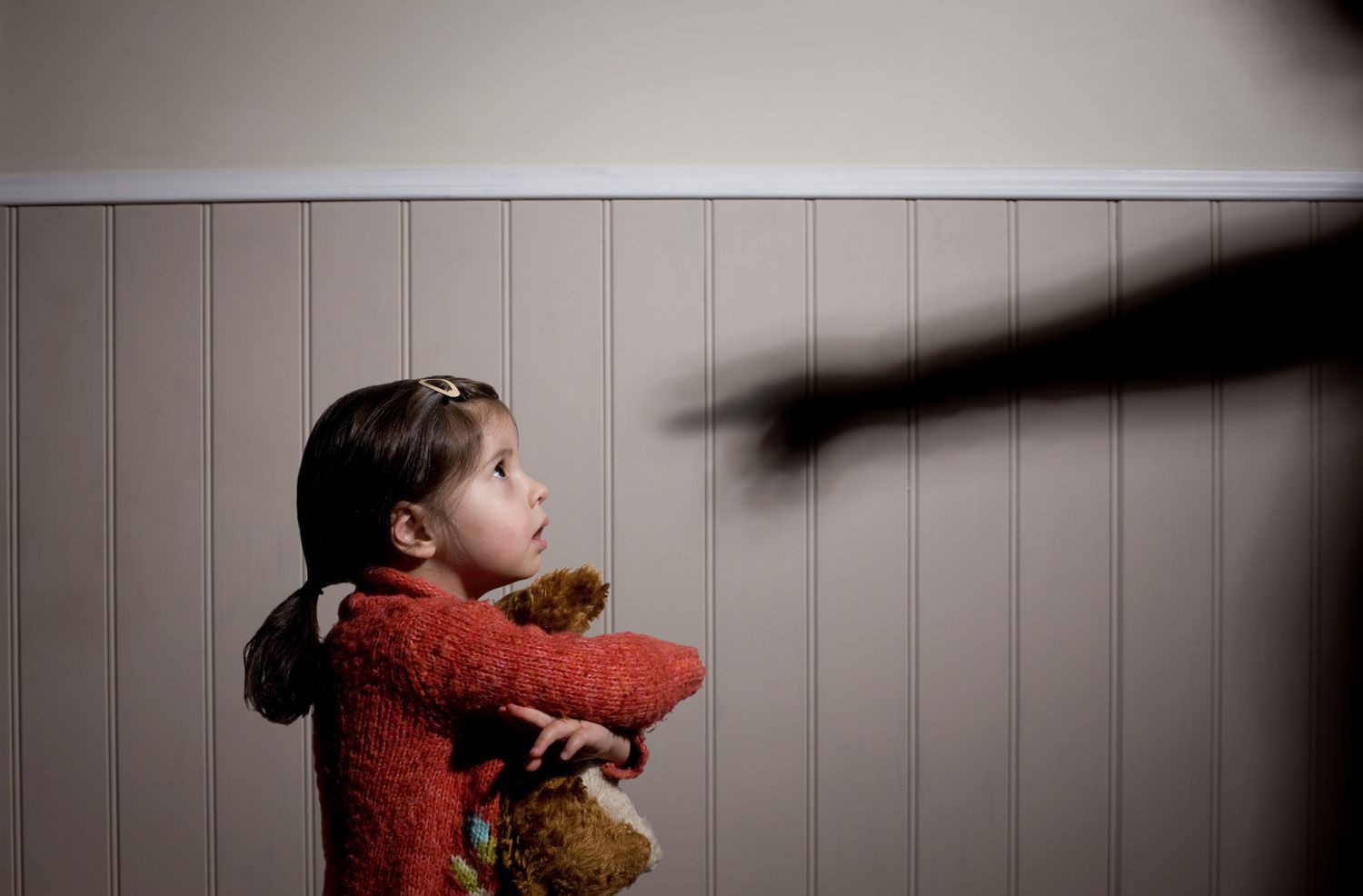By Darine Ammache, Clinical Psychologist
If you suspect or have knowledge of child abuse, it is crucial to take immediate action to protect the children involved.
Here are some steps you can recommend to parents and guardians in such a situation:
- Ensure immediate safety: If a child is in immediate danger, they should be removed from the abusive environment and placed in a safe environment.
- Seek professional help: Encourage the parents to contact local authorities, child protection services, or law enforcement to report the abuse. These professionals can conduct a thorough investigation and take appropriate action to protect the children involved.
- Provide emotional support: Parents should offer their children a safe and supportive environment where they can express their feelings and fears without judgment. Assure them that it is not their fault and that they are loved and valued.
- Therapy and counseling: Suggest that parents seek professional therapy or counseling for their children to address the emotional trauma caused by the abuse. A qualified therapist can help the children process their experiences, cope with their emotions, and develop healthy coping mechanisms.
- Create a stable and nurturing environment: Encourage parents to create a stable and loving environment at home to promote healing. Consistency, routine, and clear boundaries can help children feel safe and secure.
- Validate and listen: Encourage parents to actively listen to their children, validate their experiences, and believe their accounts of the abuse. This validation helps build trust and promotes open communication.
- Educate parents: Provide information and resources about the effects of abuse and trauma on children. Help parents understand the potential behavioral and emotional responses their children may exhibit and guide them in responding appropriately and compassionately.
- Involve support networks: Encourage parents to reach out to trusted family members, friends, or support groups who can provide additional emotional support and guidance during this difficult time.
- Encourage non-verbal communication: For children who have become non-verbal or struggle to express themselves verbally, encourage alternative forms of communication such as drawing, writing, or using visual aids. Art therapy or play therapy can be beneficial in helping them express and process their emotions.
- Teach healthy expression of emotions: Help the children learn appropriate ways to express their emotions and cope with anger or frustration. Provide them with alternative outlets for emotional release, such as engaging in physical activities or using relaxation techniques like deep breathing or mindfulness.
- Model and encourage empathy: Teach children empathy and compassion towards others. Help them understand that their experiences do not justify hurting others and guide them in finding non-violent ways to resolve conflicts and build positive relationships with their peers.
- Consistency and structure: Maintain consistent routines and expectations within the household. Children who have experienced trauma often benefit from a structured environment that provides a sense of stability and predictability.
- Foster social connections: Encourage healthy social interactions by providing opportunities for the children to engage in positive activities with their peers. This can help them build trust, improve communication skills, and develop healthy relationships outside of the abusive environment.
Remember, each situation is unique, and it is crucial to involve professionals trained in handling child abuse cases. They can provide specialized guidance, assessment, and intervention to address the specific needs of the children and ensure their safety and well-being.
It’s important to remember that professional guidance is crucial in addressing the specific needs of children who have experienced abuse. These recommendations should be supplemented with therapy and support from professionals experienced in working with traumatized children.
As a therapist, I strongly advise against recycling videos or images of abused children. Here’s why:
- Triggering Trauma Responses: Watching graphic content of abuse can trigger trauma responses in individuals who have experienced similar situations or have a history of trauma. It can reignite painful memories, intensify anxiety, and cause emotional distress. Even individuals who haven’t experienced abuse directly can be affected by secondary trauma through empathetic connections.
- Potential Adoption of Trauma: Exposing others to graphic content can inadvertently lead to the adoption of trauma, especially for parents or caregivers who may become hyper-vigilant or overprotective due to heightened fear or anxiety. This can impact their parenting style and create an environment of constant worry and mistrust, potentially compromising the healthy emotional development of their children.
- Reproduction of Harmful Behaviors: Recirculating abusive videos can perpetuate harmful behaviors by providing a platform for their dissemination. This can inadvertently normalize or validate abusive actions, potentially leading to copycat behavior or desensitization to the severity of the abuse.
- Ethical and Legal Considerations: Sharing such content can infringe upon the privacy and dignity of the affected children and their families. It is essential to respect their rights and protect their identities. Additionally, sharing abusive content may violate legal guidelines surrounding child protection and privacy.
- Responsible Advocacy: Instead of sharing graphic content, we can promote awareness and advocacy in a responsible and ethical manner. Focus on educating others about the importance of child protection, recognizing signs of abuse, and providing resources for support and intervention.
- Trauma-Informed Approach: Taking a trauma-informed approach means prioritizing safety, trust, and empowerment. It involves creating a compassionate environment that fosters healing and minimizes re-traumatization. Recycling abusive videos contradicts this approach and can potentially harm individuals in vulnerable positions.
As therapists, it is crucial that we uphold ethical standards, prioritize the well-being of our clients, and advocate for responsible sharing of information.
